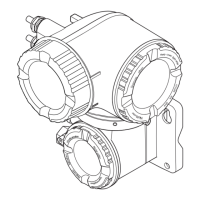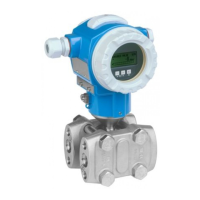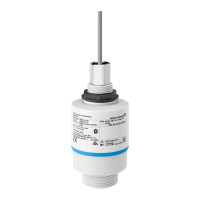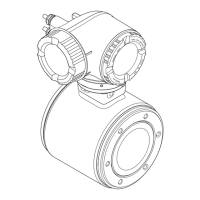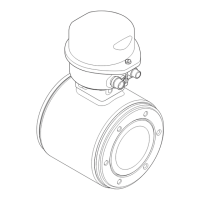What to do if the Endress+Hauser HART Proline t-mass I 300 local display is dark and there are no output signals?
- DDaniel BrooksAug 5, 2025
If the local display is dark and there are no output signals, it could be due to several reasons: * The supply voltage may not match the specifications on the nameplate. Ensure you apply the correct supply voltage. * The polarity of the supply voltage could be incorrect. Correct the polarity. * There might be a poor connection between connecting cables and terminals. Check the connection of the cables and correct if necessary. * Terminals may not be correctly plugged into the I/O or main electronics module. Check the terminals. * The I/O or main electronics module could be defective. Consider ordering a spare part.


